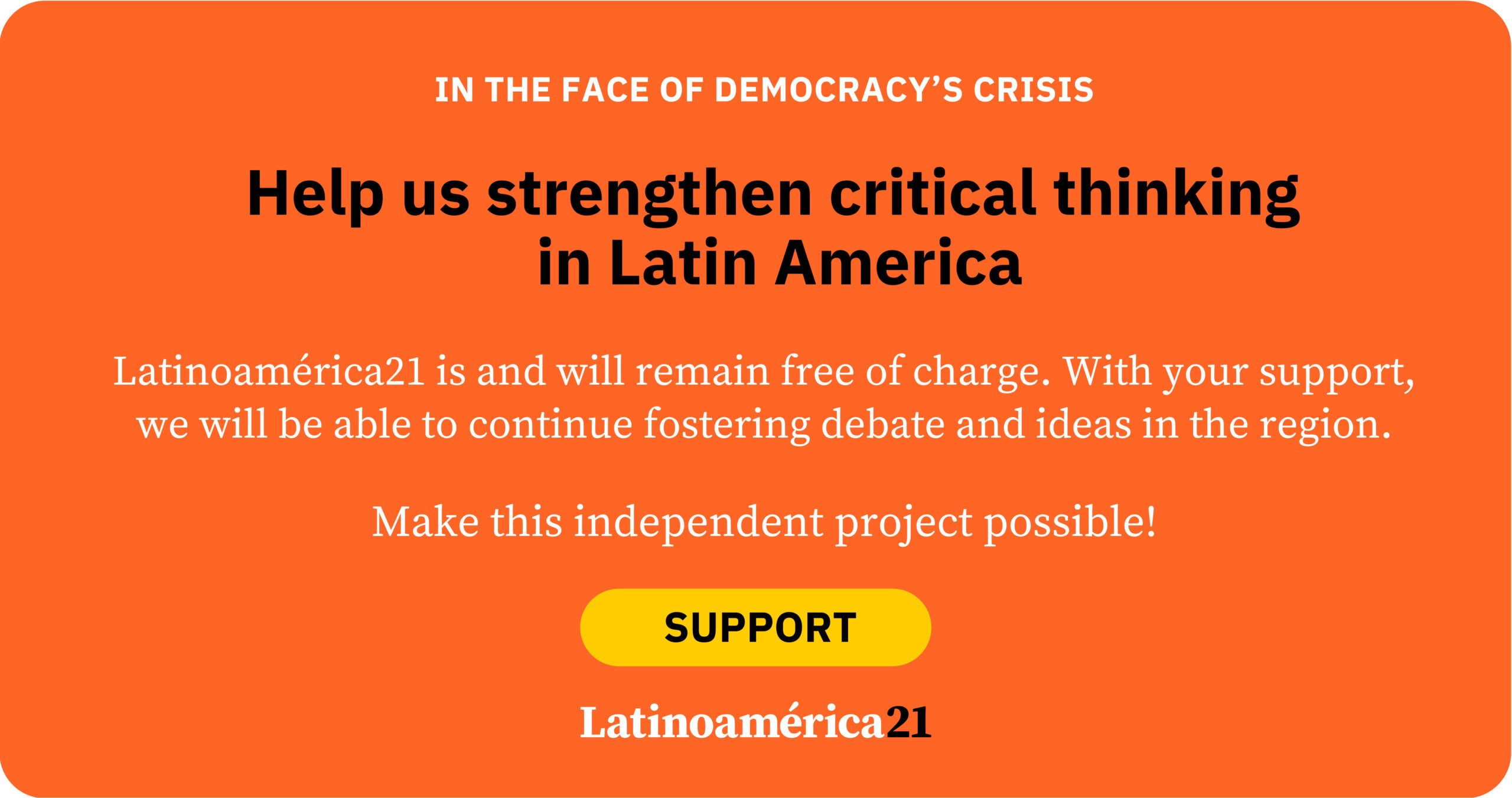“We now have a Public Security Ministry! An idea that has been discussed since the administration of President Ricardo Lagos, that has gone through various governments, and that we now see materialized thanks to the unity of different political sectors,” celebrated President Gabriel Boric on January 27 as he enacted the law. Today, a new minister has been appointed to that office, with Chile currently ranking third in Latin America in the number of ministries, totaling 25—only behind Brazil (38) and Venezuela (34).
Ministry creation, modification, or elimination clearly responds to an idea or ideological component. In any of these changes, one can observe a conceptual framework that identifies and defines a problem, and on the other hand, an institutional and bureaucratic (re)design to address it. Reconfiguring a ministry not only materializes a set of principles and goals of a government or coalition, but also reflects a broader consensus within the political class in a democratic context. This process responds to a social demand that, at a given moment, gains relevance and seeks to consolidate itself as a state policy with a projection beyond a particular administration.
A compelling case illustrating the weight of ideas is that of Hugo Chávez, who in 2006 renamed all Venezuelan ministries by adding the adjective “of the People’s Power,” in line with his ideological project of building a “Communal State” and promoting 21st-century socialism. Also notable are the cases of Dilma Rousseff in Brazil (2015) and Gustavo Petro in Colombia (2023), who promoted the creation of ministries of Women or Gender Equality as part of their strategy to place these issues on the public agenda. In Brazil, this ministry was merged during Jair Bolsonaro’s administration but later reinstated by Lula da Silva in 2023.
On the other hand, the merging or elimination of ministries also reflects ideological components, mainly oriented toward efficiency and reducing the size of the public sector. An example of absorption can be seen in the administration of Bolivian President Gonzalo Sánchez de Lozada, who in 1993, as part of a public spending reduction program, eliminated four ministries (Education, Culture, Mining, and Energy). More recently, in Brazil, Jair Bolsonaro reduced the number of ministries from 29 to 15 in 2019, merging key offices such as Finance, Planning, and Industry into a single Ministry of Economy, in line with his austerity narrative and liberal approach. In Argentina, President Javier Milei shut down 13 ministries in 2023, laying off thousands of public employees under the argument of shrinking the state and containing expenditure, consistent with his libertarian ideology.
These examples show that the creation, transformation, or elimination of ministries has significant implications. First, they send a message to the public about the prioritization of certain issues on the public agenda, whether for electoral purposes or as an expression of a new ideational framework regarding a social problem. Secondly, these changes may reflect the implementation or dismantling of ideas promoted by political, partisan, or trade organizations.
The case of the Public Security Ministry in Chile clearly illustrates how these decisions depend on political and ideological circumstances and require a window of opportunity to be realized. The discussion began in 2005, as a consequence of that year’s constitutional reforms. Later, President Michelle Bachelet included its creation in her government program and submitted a bill in 2006. However, during its legislative process, the bill was modified, resulting in the transformation of the Ministry of the Interior with the incorporation of the security dimension, rather than the creation of an independent office.
President Sebastián Piñera revived the idea and presented a bill in the Senate in September 2021. Nevertheless, although security was one of the key elements of his program, the creation of a specific ministry was not among his main measures. It was also not a central issue in the commission convened in March 2021 to address public security, which included members of parliament, mayors, civil society organizations, and academics, and led to the National Agreement on Public Security. Although Piñera did not manage to get it approved during his term, the legislative process continued under President Boric’s administration.
In Boric’s program, the creation of the ministry was mentioned within the framework of police reform, proposing a “new institutional framework” with a more technical office under the name “Ministry of Security, Civil Protection, and Citizen Coexistence.” In other words, the idea of separating security from the Ministry of the Interior had already been reaching consensus across all political sectors.
Ultimately, the creation of the Public Security Ministry is not a new idea but a proposal that already had broad consensus within the Chilean political class. One may debate the different diagnoses and approaches to address public security, but the fact is that, for some time, there has been agreement on the need for a specific bureaucratic body to tackle this issue. However, its approval requires a window of opportunity that any politician will seize, even if the project’s details don’t fully align with their original ideas.
In these processes, beyond technical rationality, the symbolic weight and the message intended for the public prevail. Public security, unintentionally, has become a central issue on President Boric’s agenda—a problem that will undoubtedly be key in Chile’s upcoming presidential elections. Ideas do matter, yes, but they need their moment to materialize.
*Machine translation proofread by Janaína da Silva.













